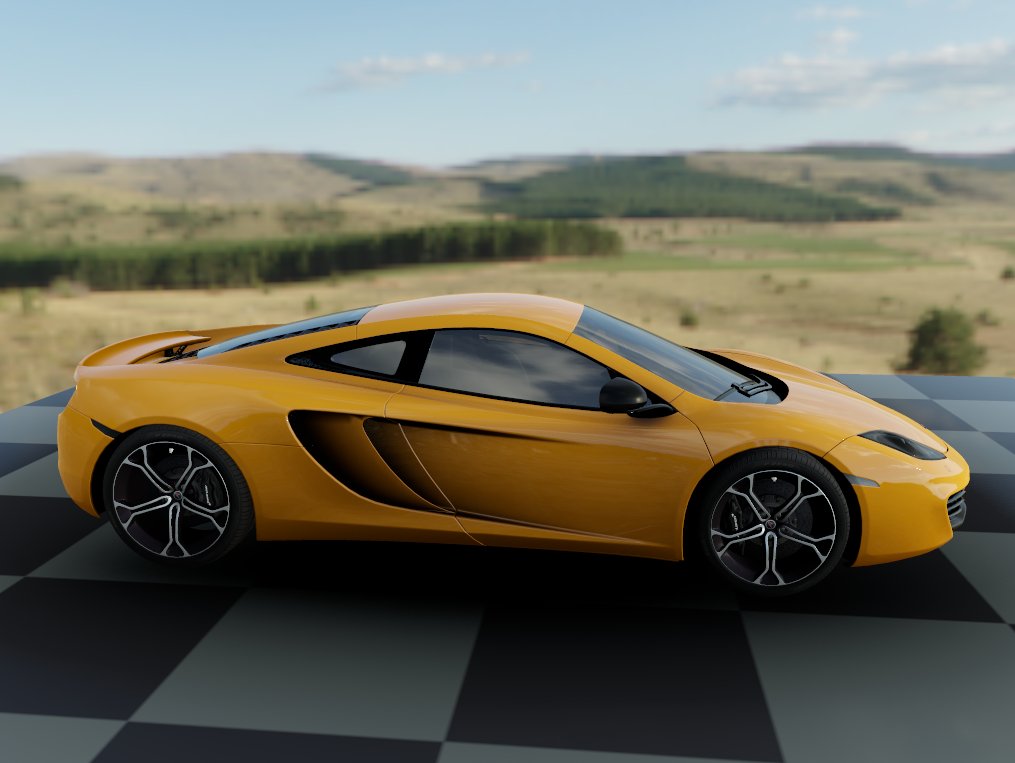Hi there,
I am trying to implement Scalable Ambient Obscurance into Unity but I am facing some issues. I choosed this algorithm because of seems to be today one of the most optimized method according to the quality. HBAO is also very appreciated as it gives great and accurate results but it requires also more performances.
Edit : As the issue has been solved, I would like to know more about other Ambient Obscurance algorithm. It seems that there are a lot available today : http://frederikaalund.com/a-comparative-study-of-screen-space-ambient-occlusion-methods/
It seems that SAO is a good balance between performance and quality, HBAO seems to be really accurate but also costs a lot of resources.
I also discovered Unreal Distance Field Ambient Occlusion which gives nice results.
But as the above paper is from 2013, there might be today some new algorithms with better results.
What do you think ? Any advice ?
Thank you !
Old :
As I said, I am facing some issues but I don't know where they might come from. I tried to port the code from the demo into Unity but without any interesting result. Here is multiple outputs.
[attachment=31804:screen.jpg]
And here is my implementation. I don't know if this comes from bad normals, bad matrices or anything else... :(
// Old code available in post history.
Any help, explanation or clue is welcome !
Thank you very much.









